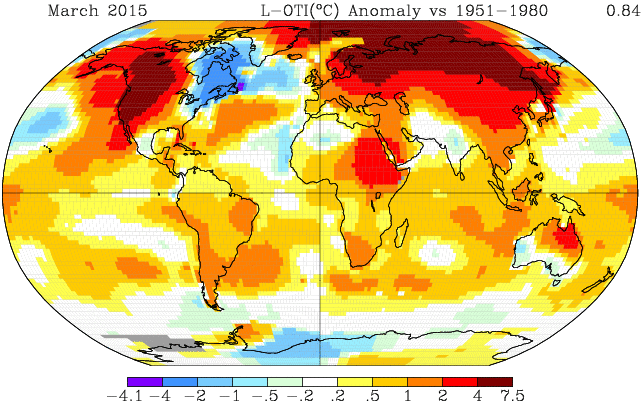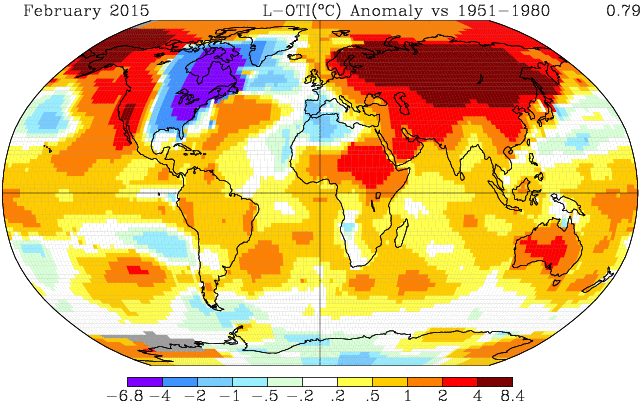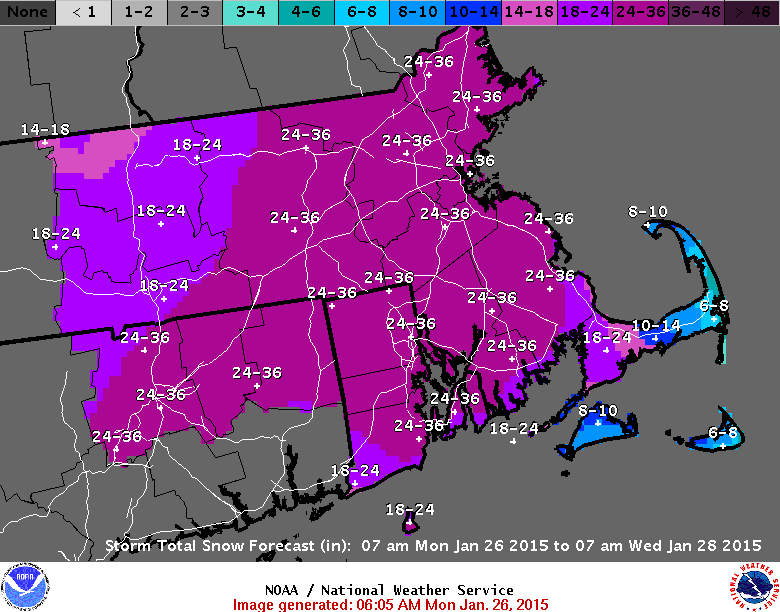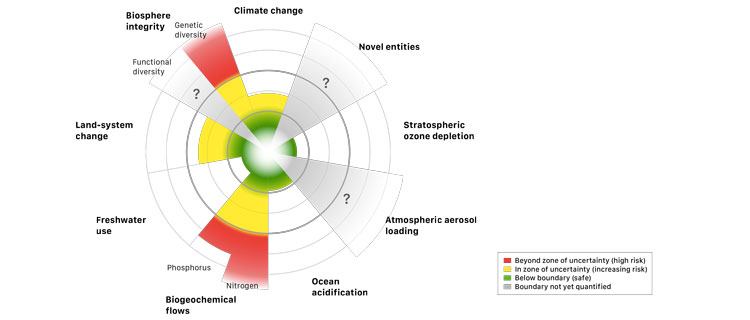Excellent article by Natasha Geiling, “California’s Drought Could Upend America’s Entire Food System“:
In 2014, some 500,000 acres of farmland lay fallow in California, costing the state’s agriculture industry $1.5 billion in revenue and 17,000 seasonal and part time jobs. Experts believe the total acreage of fallowed farmland could double in 2015 — and that news has people across the country thinking about food security.
“When you look at the California drought maps, it’s a scary thing,” Craig Chase, who leads the Leopold Center for Sustainable Agriculture’s Marketing and Food Systems Initiative at Iowa State University, told ThinkProgress. “We’re all wondering where the food that we want to eat is going to come from. Is it going to come from another state inside the U.S.? Is it going to come from abroad? Or are we going to grow it ourselves? That’s the question that we need to start asking ourselves.”…




